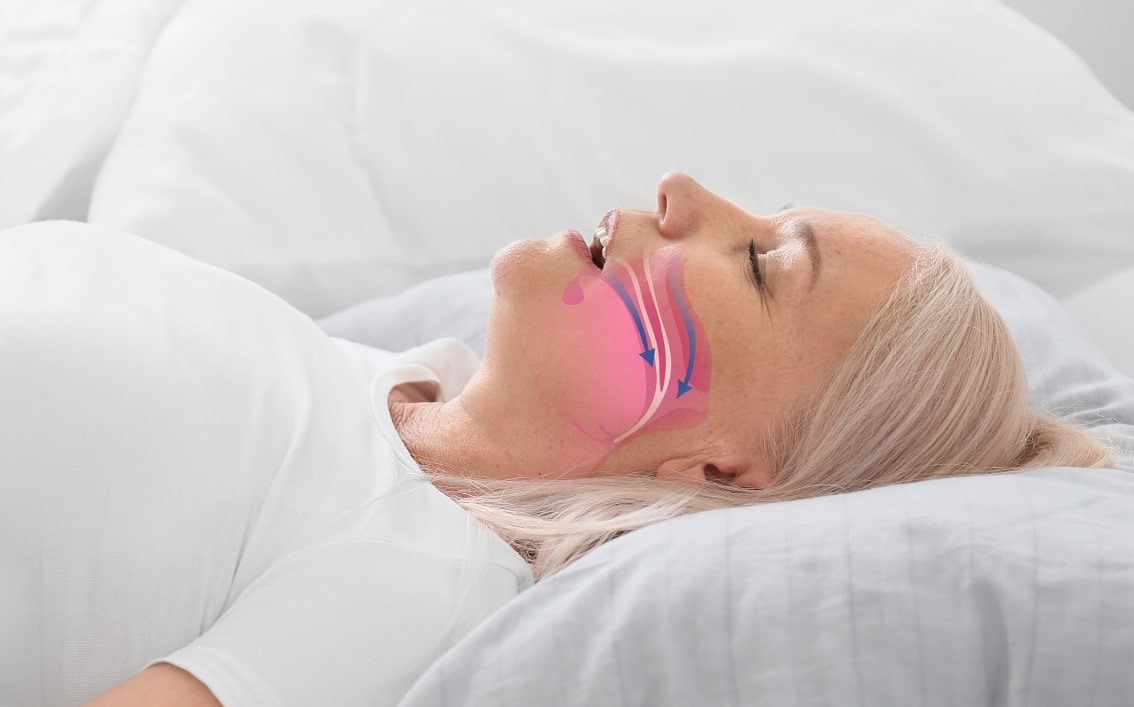
Sleep apnea is a condition that causes people to stop breathing multiple times per night. An estimated 50 to 70 million Americans struggle with this issue, making it a highly prevalent health concern affecting around 12% of the population.
There are three types of sleep apnea, each with different causes and requiring separate treatments. In this article, Dr. Paul Schalch Lepe will break down the three forms of sleep apnea to help you identify your issue and seek the correct solution.
What Are the Risks of Sleep Apnea?
In all its forms, sleep apnea poses significant health risks. If left untreated, sleep apnea can lead to severe issues such as:
- High blood pressure
- Diabetes
- Obesity
- Heart attacks, stroke, and cardiac arrhythmias
- Depression
This condition will also affect your quality of life, with a lack of restful sleep leading to drowsiness, trouble concentrating, and a lack of motivation.
Central Sleep Apnea
Central sleep apnea is a neurologically induced cessation of breathing during sleep. In patients with this condition, the brain fails to send the message to the nervous system telling it to breathe. Because there is no neurological signal, there is no attempt to breathe, thus no apparent symptoms such as snoring.
Symptoms of central sleep apnea may include:
- Insomnia
- Waking up in a panic or feeling short of breath
- Drowsiness, sleepy, poor focus, or irritability
Treatments for central sleep apnea typically include CPAP machines and bilevel positive airway pressure, as well as advanced options such as ASV.
Obstructive Sleep Apnea
Obstructive sleep apnea is a prevalent cause of sleep apnea in the U.S., caused by a physical obstruction along the airway, usually the tongue, soft palate, or throat muscles. This condition can occur due to obesity, anatomical features such as a short mandible, poor communication between the neurological system and the upper airway musculature, or a total relaxation of muscles during sleep – often associated with alcohol consumption.
Because there is a physical blockage, the patient tries to breathe. Therefore, snoring is a strong indicator of OSA. Other symptoms include:
- Tiredness and irritability
- Waking up with shortness of breath or choking
- Cotton mouth when waking
Treating OSA involves addressing the blockage. While a CPAP machine is one way to do this, many more successful treatment alternatives are available now. In particular, oral appliances and minimally invasive surgeries can anchor the soft tissue and musculature of the upper respiratory system to prevent it from collapsing, which has proven highly effective in treating OSA for the right candidates. Also, more advanced options, such as hypoglossal stimulator therapy (Inspire), are now available for select candidates that are unable to use CPAP.
Complex Sleep Apnea
Complex sleep apnea is a combination of central sleep apnea and OSA. Patients experience the same symptoms, but might require more comprehensive treatments to address the issue. Complez, or treatment-emergent central sleep apnea, can sometimes appear after starting CPAP therapy.
Sleep Apnea Surgery in Carmel Valley, CA
Sleep apnea is far more prevalent than people think. It can severely impair your quality of life and even be fatal. If you regularly experience any of these symptoms over a prolonged period, it’s highly advisable to see a sleep and airway specialist, such as Dr. Schalch Lepe.
Modern sleep apnea treatments are highly effective, and the benefits are immediate, so don’t hesitate to call (858) 925-5800 or book your consultation online.
